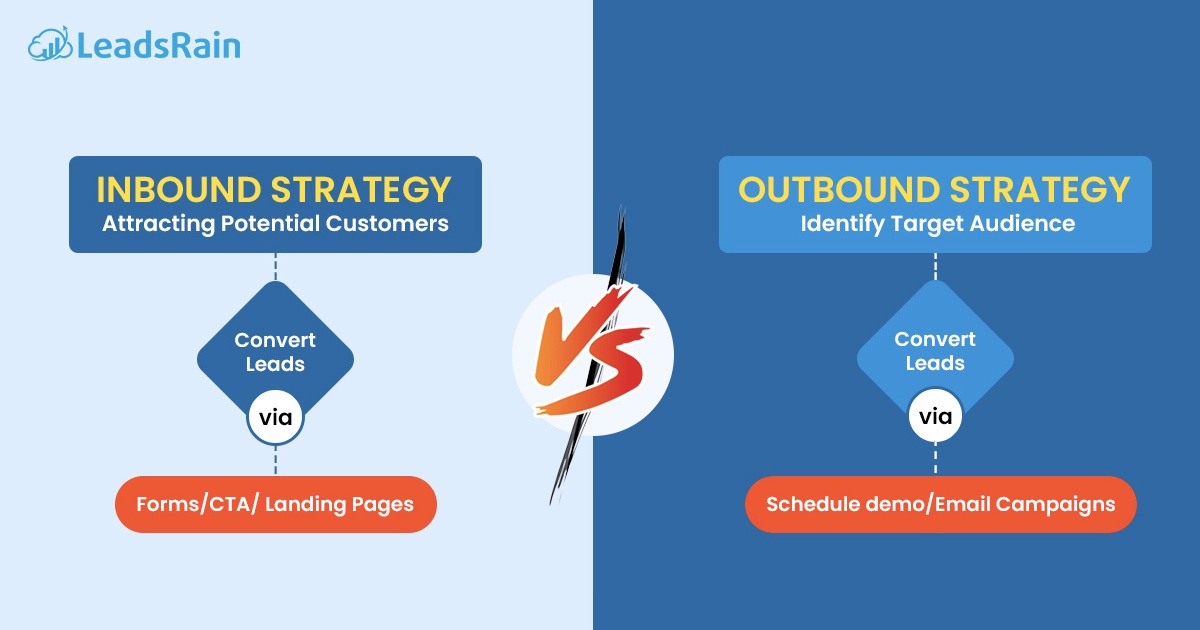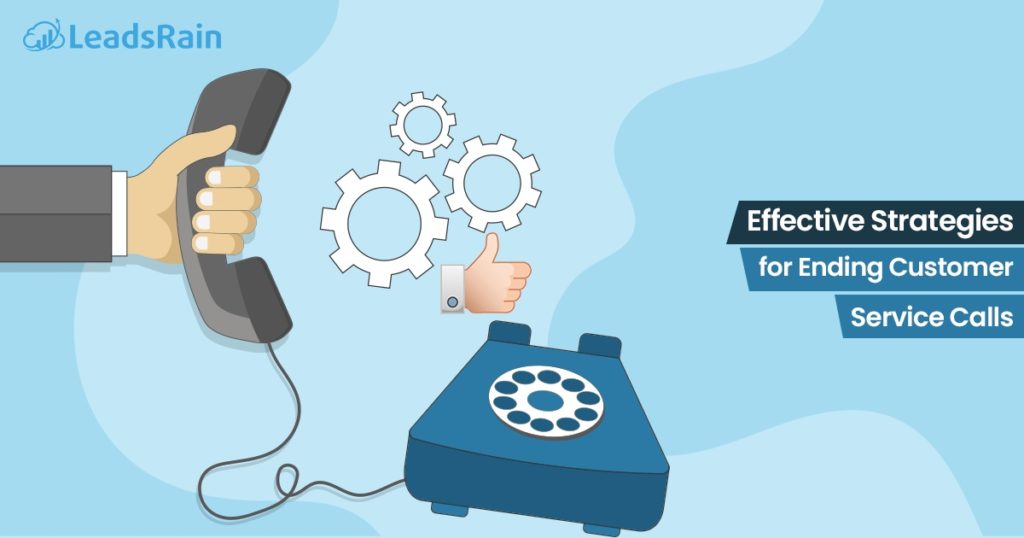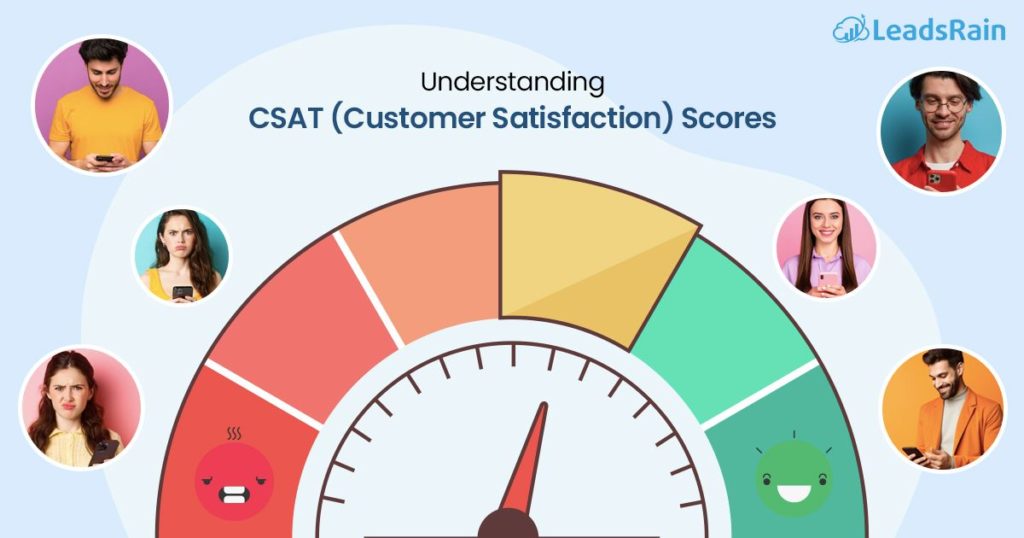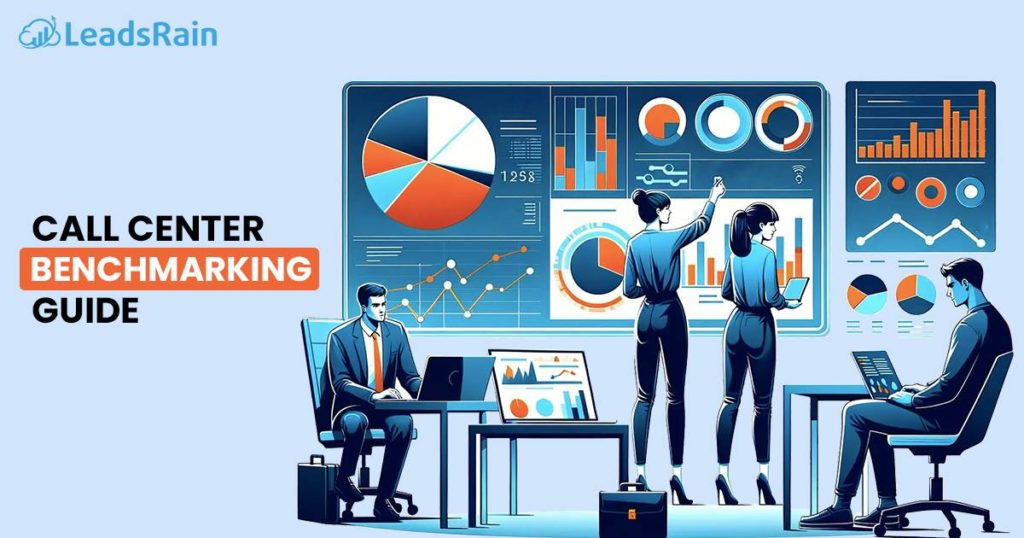All of that relies on your objectives, sales strategy, target customer base, and kind of company. Put plainly, things get difficult. Fortunately for you, though, I’m here to explain this.
Let us discuss the positive aspects as well as drawbacks of each approach!
What is Inbound Sales?
Inbound sales are defined as a customer-centric approach that aims to address the specific needs and interests of prospects who have already shown interest in the company’s products/services.
These sales strategies include web forms, live chat, lead magnets, phone calls, and social media. Inbound sales are the knack for generating interest and getting prospects where potential customers contact the company to inquire about its offerings.
Are you considering inbound sales? Let’s Examine the benefits and drawbacks of inbound sales strategies.
Pros
- Target customers who already generated interest in your offerings, increasing the chances of conversion rates.
- More cost-effective as it aims to attract costumes organically via content marketing or SEO.
- Highly scalable, relatively easy to accommodate the growing demands of customers.
- Depends on data and analytics to measure performance and therefore makes informed decisions.
Cons
- Creating valuable content, SEO, and nurturing leads requires more time and effort.
- Longer sales cycle from guiding leads through the buyer’s journey.
- Tracking down data is difficult as it comes from multiple sources.
- Less control over the timing of sales interaction compared to outbound sales.
Commonly used Inbound Sales Strategies
Fundamentally, you stick to a productive sales plan if you are considering adopting inbound sales into your company. We dealt with a few strategies regarding inbound sales;
Content marketing
Content marketing involves creating and distributing instructive and insightful information, such as blog postings, articles, videos, and infographics, to draw in and involve potential customers. By addressing specific customer pain points, providing answers, and establishing your brand as a reliable authority, content marketing starts to solve these issues.
Social media marketing
Access social networking sites like Instagram, Linkedin, Facebook, and Twitter to build strategic connections with potential customers and promote your company. Engaging your audiences through comments and messaging is the finest inbound sales strategy.
Email marketing
This allows sales reps to send targeted and personalized emails to prospects who have opted in to receive communications from your company. Email marketing consists of newsletters, product updates, and promotional offers to nurture and qualify leads through the sales funnel.
Webinars
Hosting memorable and highly effective webinars or events to showcase your expertise via product demonstrations engages your audience and pushes them to take action. Webinars are a golden inbound opportunity to interact with prospects in real time and answer their questions.
Referral programs
These are initiated with satisfied customers who refer their friends, family, and colleagues to your offerings in exchange for incentives like discounts or rewards. Word-of-mouth referrals are especially effective in generating qualified leads with high conversion rates.
Landing pages
Developing dedicated landing pages with compelling offers or, say, lead magnets such as ebooks/ templates/ free trials to capture them into leads.
What is Outbound Sales?

Outbound sales are traditional sales tactics in which sales reps initiate contact with potential customers. This approach involves reaching out to prospects without any prior interest in the company’s offerings.
Outbound sales methods involve cold calling, emailing, and social selling.
82% of buyers still prefer meeting via proactive sales including cold calling- RAIN Group
Let’s unpack the pros and cons of outbound sales tactics
Pros
- Target specific demographics, industries, or companies who may be interested in your product/services.
- Involves direct communication with prospects that straightforwardly conveys your message effectively.
- Takes a proactive approach to reaching out to potential customers.
- Collects instant feedback from prospects and is likely to generate leads faster than inbound sales.
- Easily scaled up based on business needs and set objectives.
Cons
- It’s a time-consuming process as you are targeting a large audience.
- Often results in high rejection rates, as not all prospects seem interested in your products/services.
- Outbound sales campaigns can be expensive compared to inbound sales.
- It might be challenging to stand out from the crowd and capture the attention of potential customers.
Outbound Sales Techniques to Follow
If you’re thinking of implementing outbound sales within your business, following a winning sales strategy is essential. We have mentioned some tactics that are involved in outbound sales;
Cold Calling
The most important sales approach in outbound marketing is cold calling, which efficiently approaches prospects over the phone without any prior communication. Developing a strong sales pitch along with being equipped to address concerns is crucial.
Networking events
Participating in industry conferences, trade exhibitions, and networking events is essential if you want to meet new clients and develop mutually beneficial connections that may lead to sales conversions.
Social selling
Make use of various social media channels to maintain connections with potential customers, provide insightful and fresh information, and participate in discussions that may lead to commercial chances to shine.
Direct mail
Delivering physical mail, such as postcards or letters, can help differentiate your company from others in the digitized nation. Direct mail campaigns are useful for targeting specific industries or local markets.
Follow-up
Maintaining a consistent follow-up routine with prospects and being persistent in your outreach actions can assist keep your brand at the forefront of consumers’ minds and increase the likelihood that leads will become paying clients.
What’s the difference between Inbound and Outbound?
Knowing the distinction between inbound and outbound sales will help you to choose the strategy that best suits your company’s objectives.
To sum up, the most important distinctions are:
Who initiates the contact?
In inbound sales, customers initiate contact by contacting the company via channels like social media, emails, and websites.
In outbound sales, sales reps initiate contact by reaching out to potential customers via methods such as cold calling, cold emailing, or direct mail.
What’s the kind of approach they take?
The inbound approach is more consultative and highly focused on addressing customer needs and preferences.
However, in the case of outbound sales, the approach is persuasive as sales reps aim to convince the potential customer of the value of the product/services.
Response rate?
The response rate is generally higher in inbound sales as customers have already expressed interest.
In outbound sales, the response rate is comparatively lower as outreach actions are unsolicited.
Take Action Now to Supplement Your Outbound & Inbound Sales Battles!
Let’s energize the sales team for inbound and outbound battles with CRM systems for managing customer interactions and data throughout the customer lifecycle. Customer Relationship Management systems are well-equipped with the customer’s location, previous interactions( history), and specific customer needs or demands.
If particularly looked for inbound sales, you might consider Interactive Voice Response (IVR) systems to manage incoming calls by providing automated responses to callers.
On the other hand, sales dialers are top-hand-picked for conducting outbound sales. They efficiently make more calls by eliminating the need for manual dialing, thereby saving time and effort.
Conclusion
So, what is your stance on inbound versus outbound sales? With any luck, you now have a better idea of each strategy and are aware of which one is best for your business at this particular time. Make smart choices to promote long-term success in a constantly changing sales environment.




